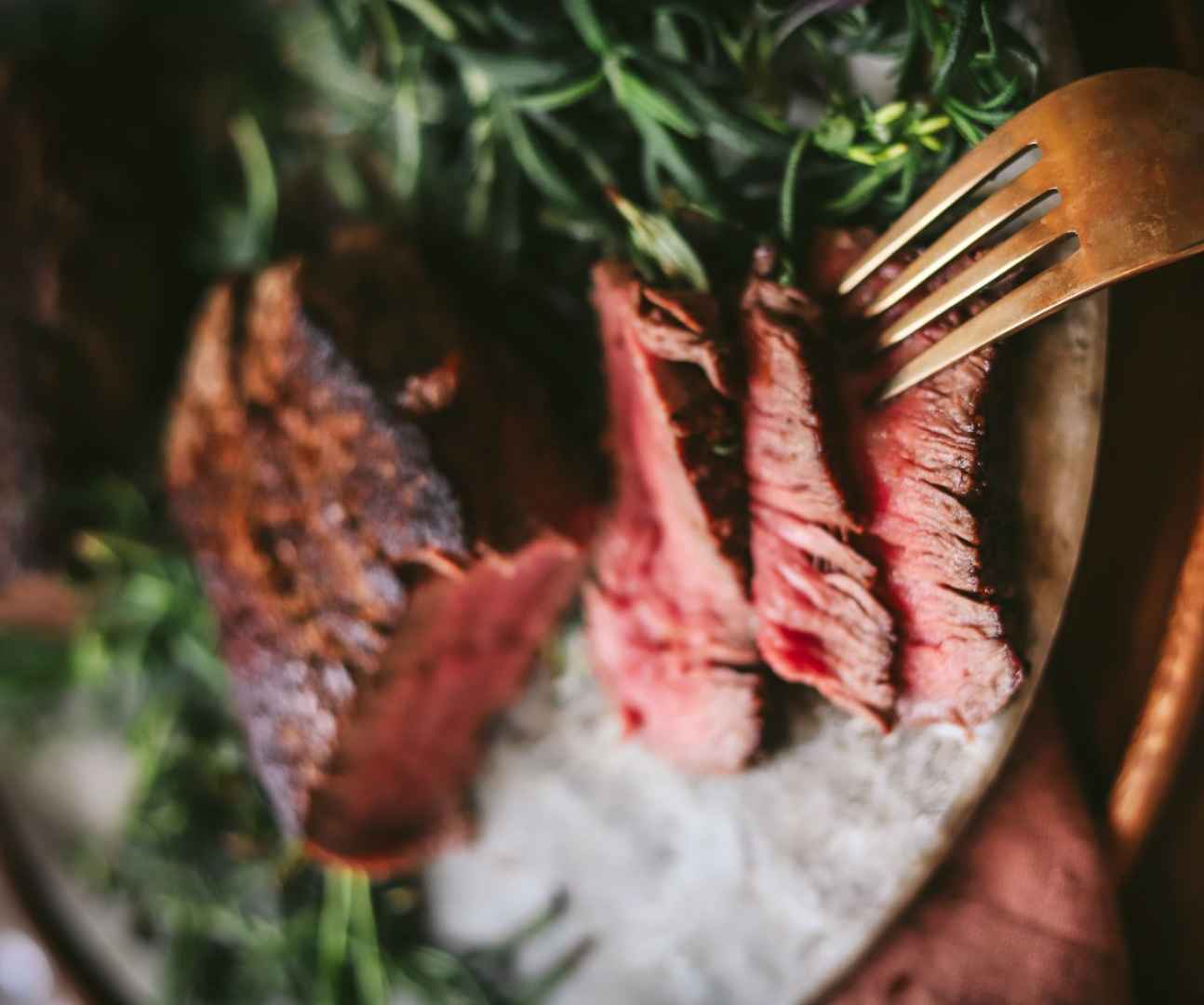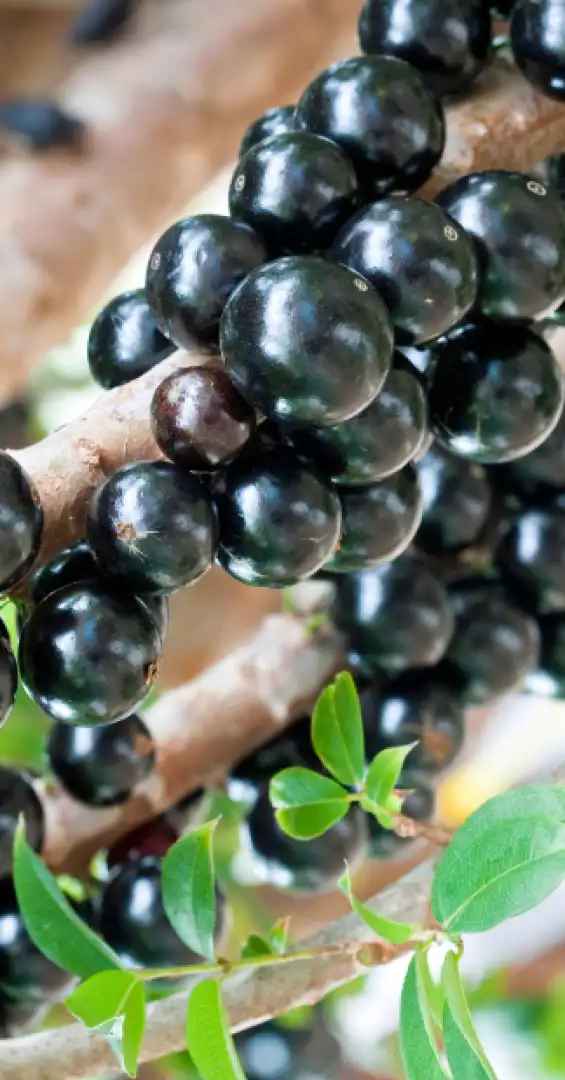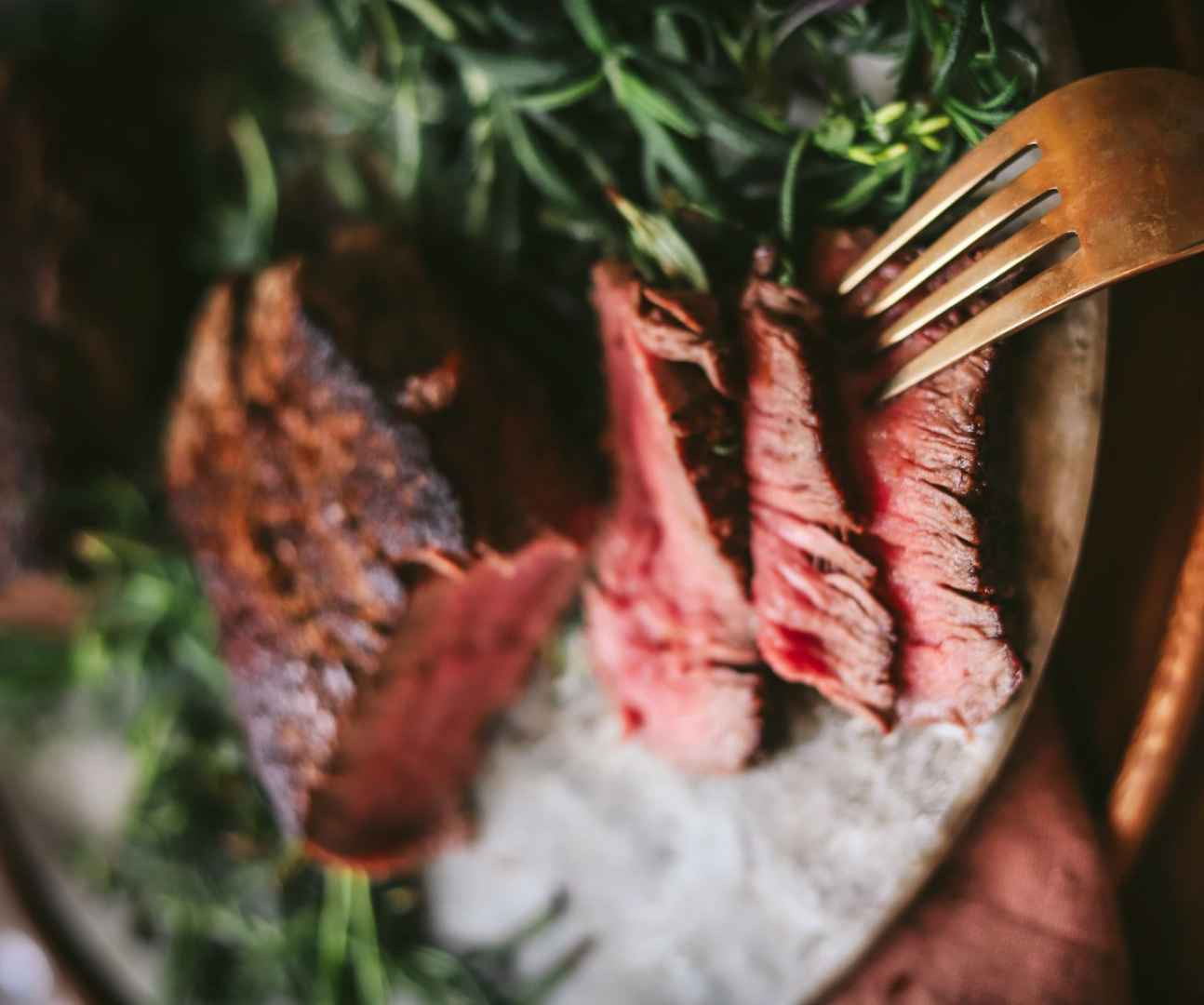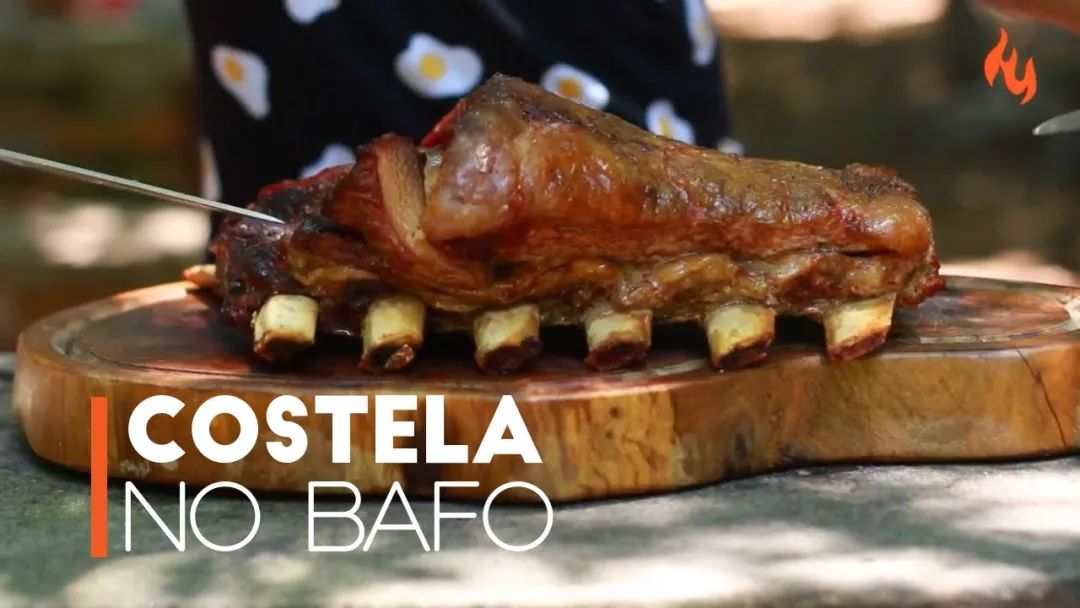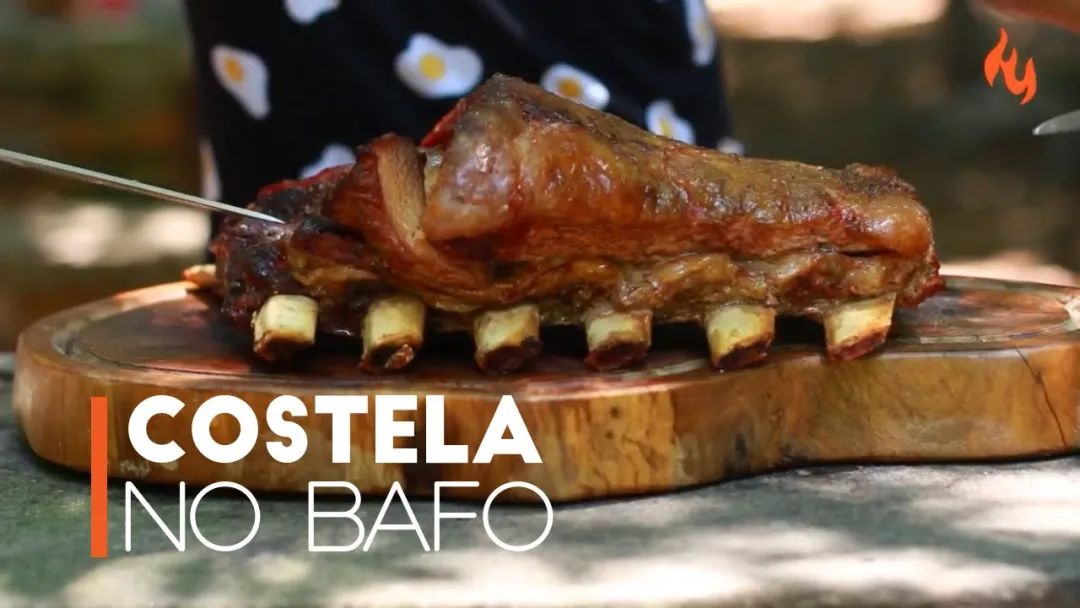Source: Images from the Internet, if there is any infringement, please contact the removal of
Hailing from Brazil, Jabuticaba is a fascinating fruit that defies conventional expectations. Unlike ordinary grapes that grow on vines, it emerges directly from tree trunks and thick branches. Picture a large tree densely covered in dark purple-black fruits—a striking sight commonly seen in Brazil's Minas Gerais and São Paulo states. For those with trypophobia, the sight of a fruit-laden jabuticaba tree might indeed cause a shudder!
This fruit boasts a thick skin and a tangy-sweet flavor. Rich in antioxidants, vitamin C, and iron, it offers health benefits such as cholesterol reduction, anti-inflammatory effects, and immune system enhancement. However, its major drawback is a short shelf life: it begins to ferment just 3-4 days after picking, making fresh jabuticaba a rare find in markets. Priced at around 40 reais (approximately 52 RMB) per kilogram, locals often transform it into juices, jams, or even wine to extend its usability.
Source: Images from the Internet, if there is any infringement, please contact the removal of
If you think Picanha is the sole star of Brazilian steaks, think again! In upscale restaurants, Filet Mignon holds a prestigious place as one of the tenderest and priciest steaks in the country. Sourced from the beef tenderloin, this cut is extremely lean and boasts a melt-in-your-mouth texture. Typically seasoned with just a sprinkle of salt and pan-seared, it highlights the pure, natural flavor of the meat. Many Brazilians pair it with red wine sauce, mushroom cream sauce, or a glass of full-bodied Brazilian red wine for a gourmet experience.
Source: Images from the Internet, if there is any infringement, please contact the removal of
Source: Images from the Internet, if there is any infringement, please contact the removal of
Costela, or beef ribs, is a quintessential part of Brazil's culinary heritage. In the traditional Churrasco (Brazilian barbecue) culture, beef ribs are slow-roasted for hours, resulting in a crispy exterior and tender, smoky meat. But did you know that in Brazilian home cooking, "Costela no Bafo" (smoky beef ribs) is also a beloved dish? Prepared using a method somewhere between roasting and stewing, it often yields fall-off-the-bone meat, served alongside potatoes, black beans, or cassava flour. Whether chargrilled or slow-cooked, Costela remains an indispensable highlight on Brazilian dining tables.
This article showcases Brazil's diverse culinary landscape, blending exotic fruits with iconic meat dishes that reflect the nation's rich cultural heritage and passion for bold flavors.
